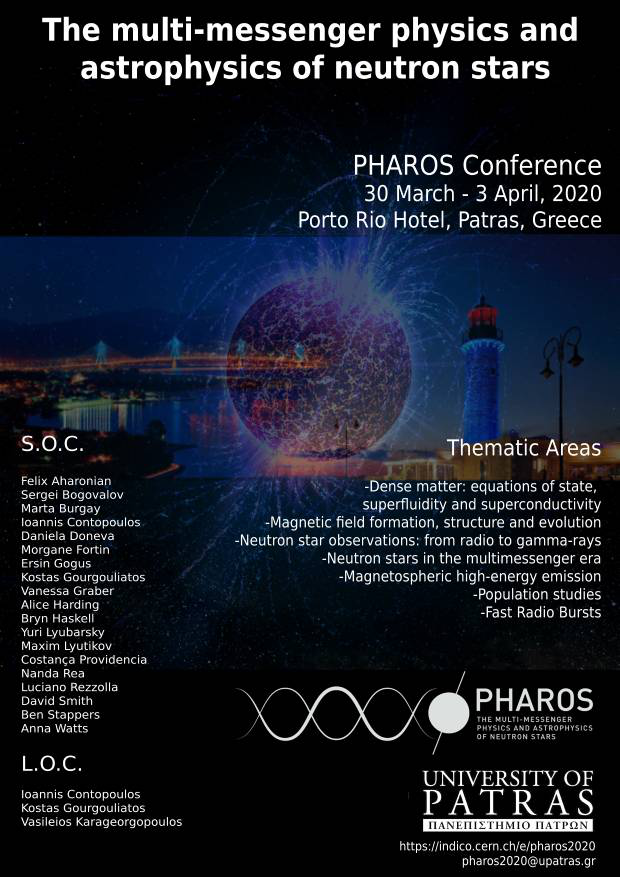Speaker
Description
When residing in an X-ray binary, a neutron star accretes gas from a companion star. As matter accumulates on the neutron star surface, the underlying crust is compressed and heated due to nuclear reactions induced by this compression. These heating processes play an important role in setting the observable properties of thermonuclear bursts and rapid variability (mHz QPOs) observed from accreting neutron stars, and in the long-term thermal evolution of the neutron star core.
Once accretion switches off, sensitive X-ray satellites can be employed to observe the thermal glow of the accretion-heated crust and how it cools in absence of accretion. Comparing these observations with theoretical simulations provides very valuable insight into the structure and composition of neutron star crusts and core. I will review recent observational and theoretical progress in this research field, which includes new constraints on the superfluid properties of the dense neutron star core.

